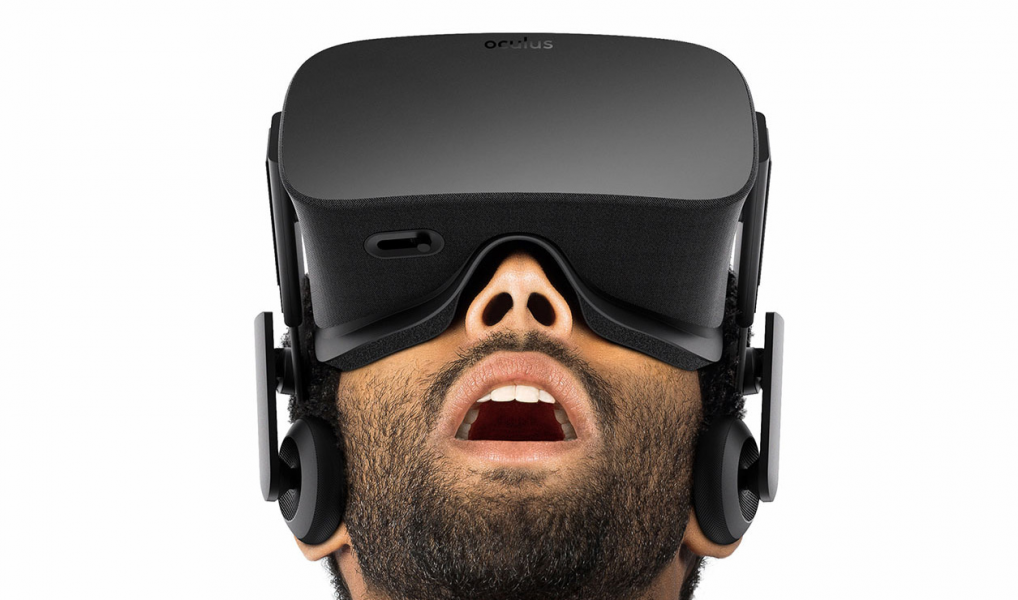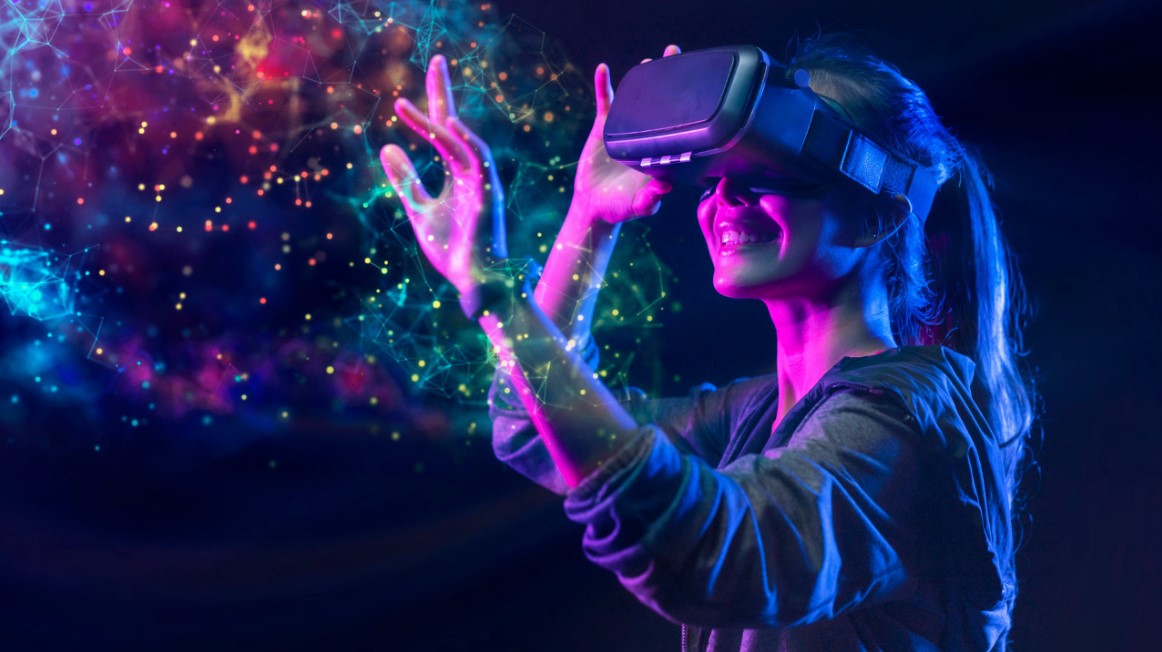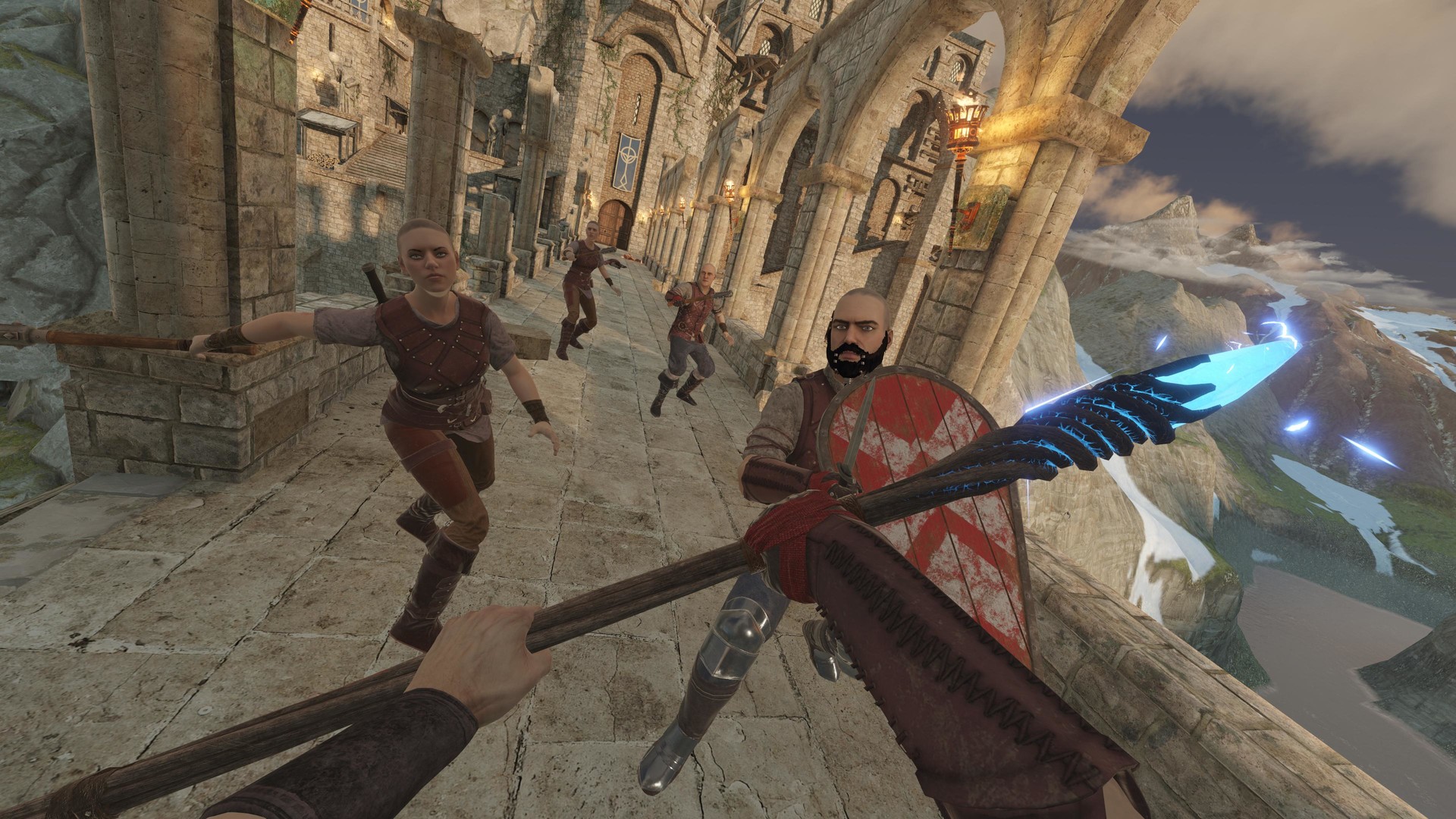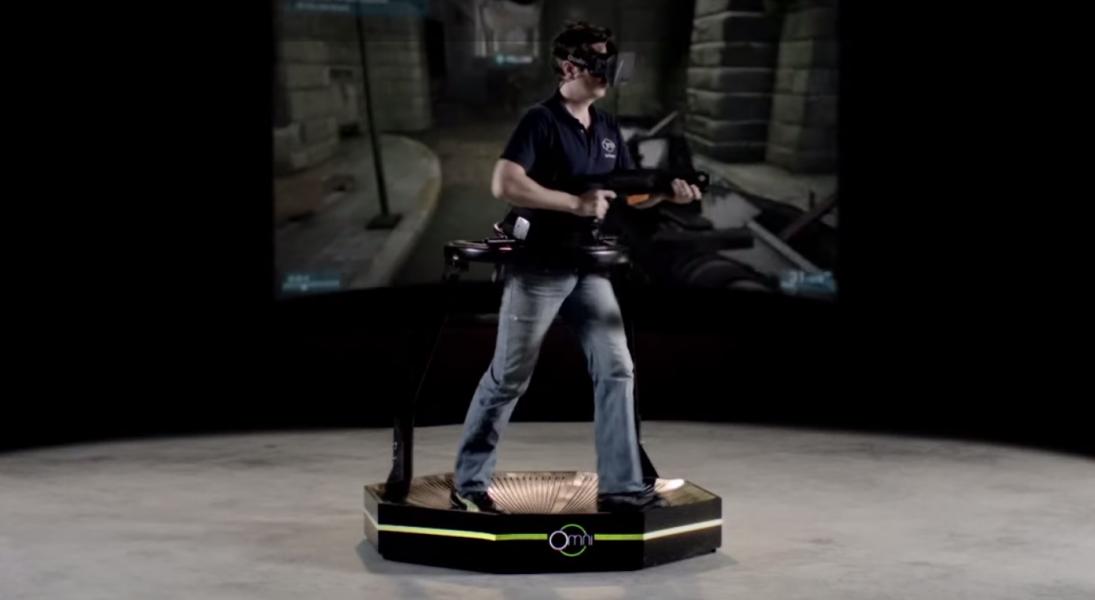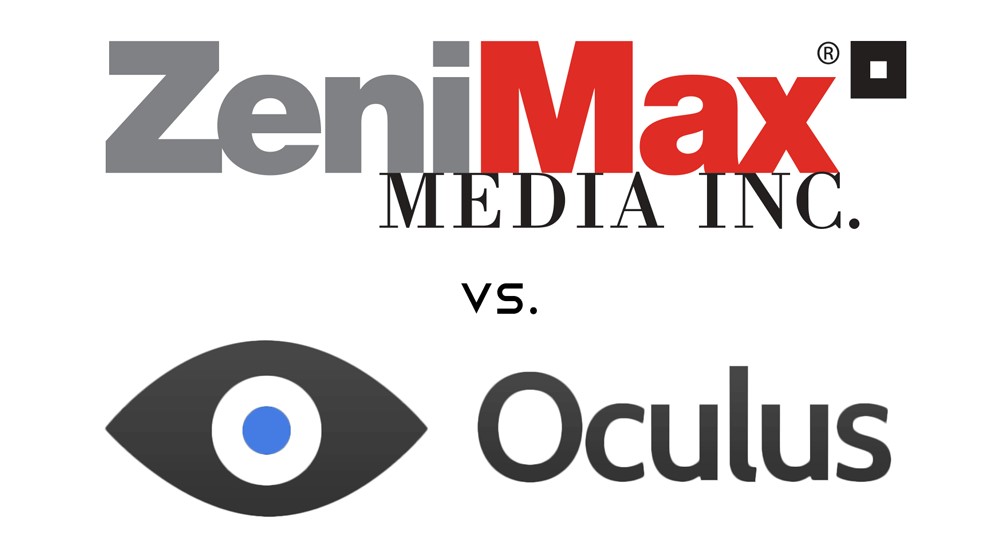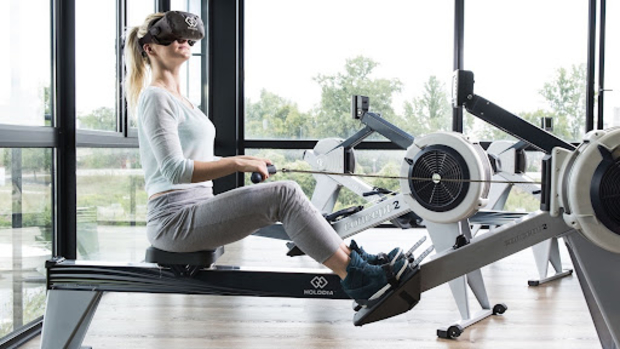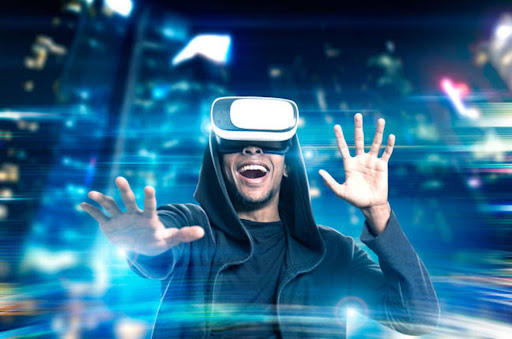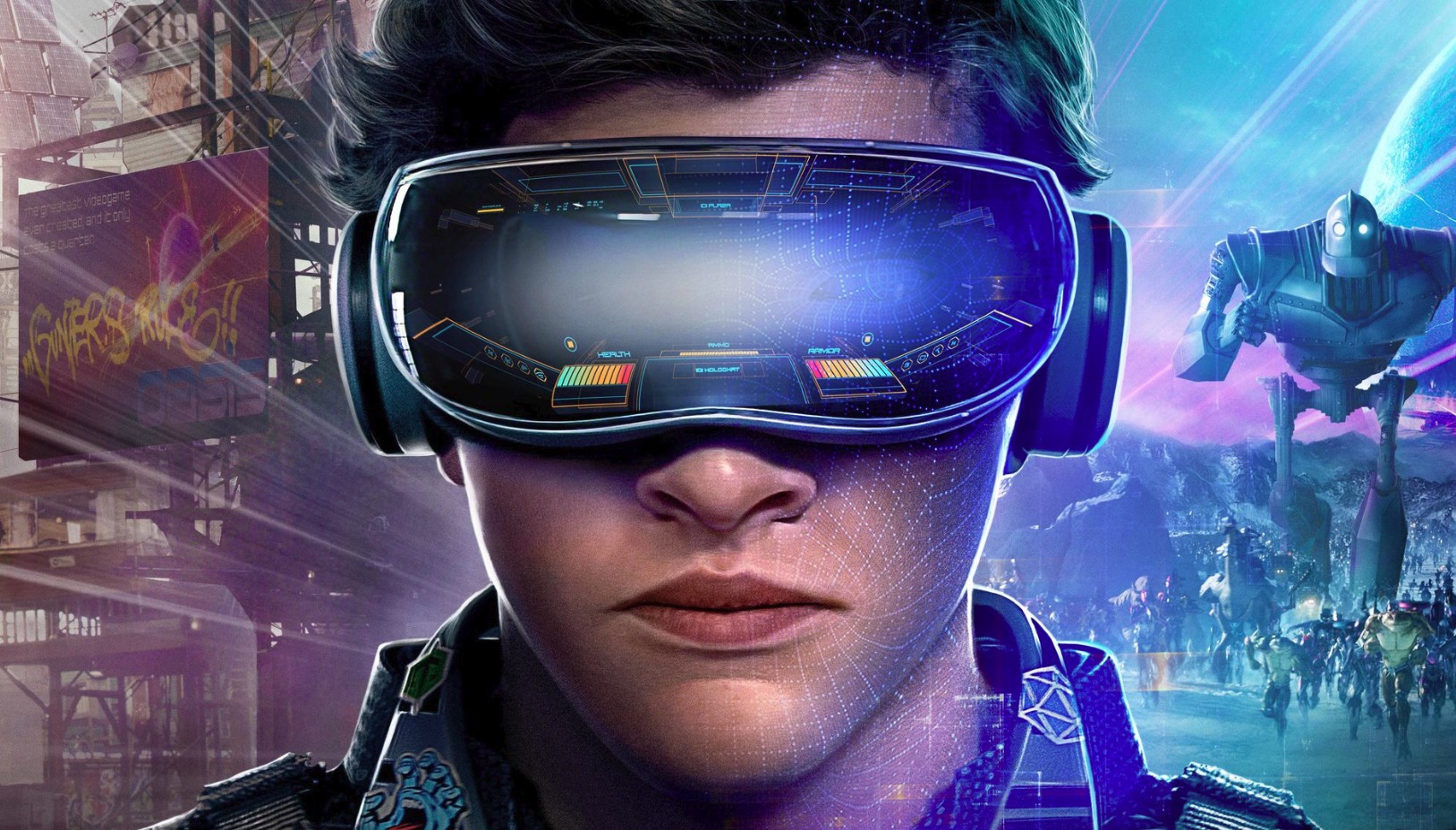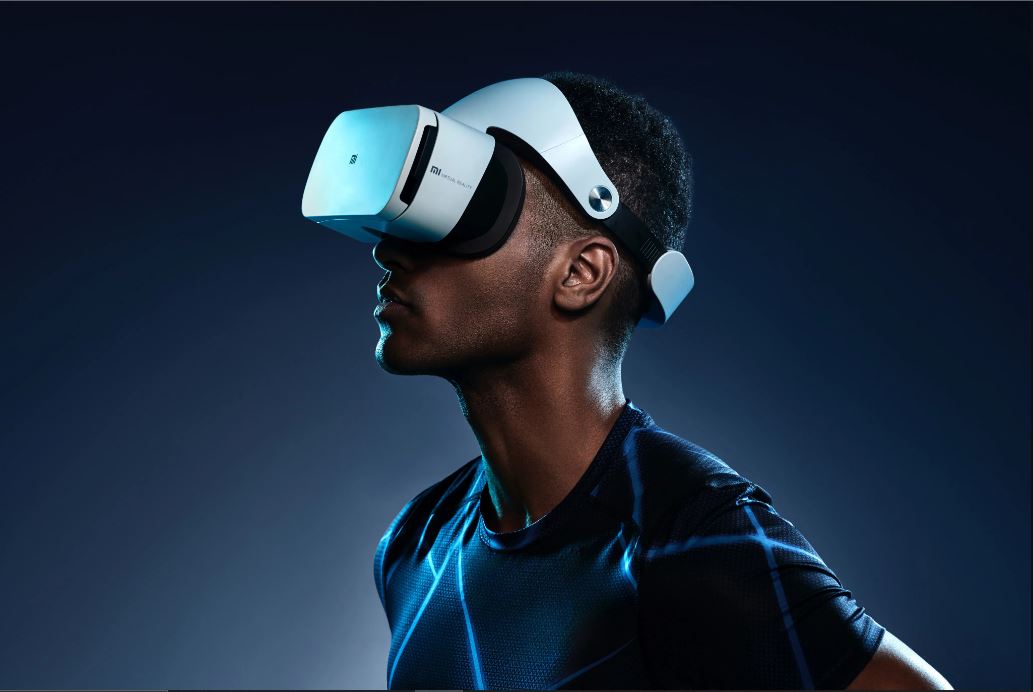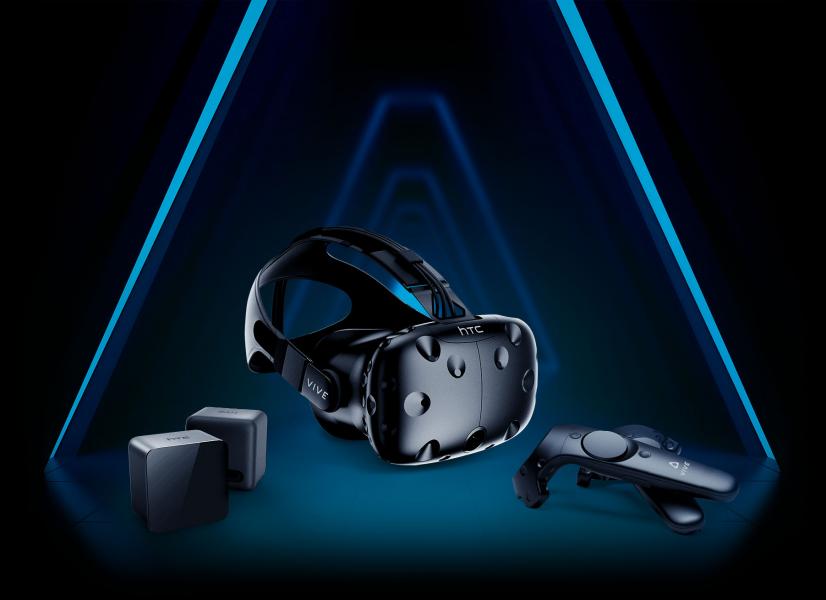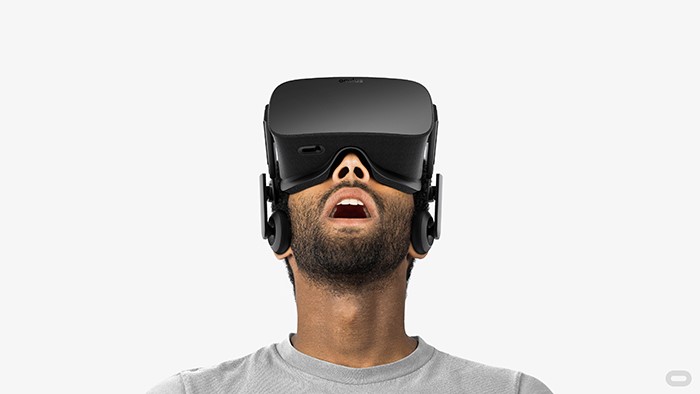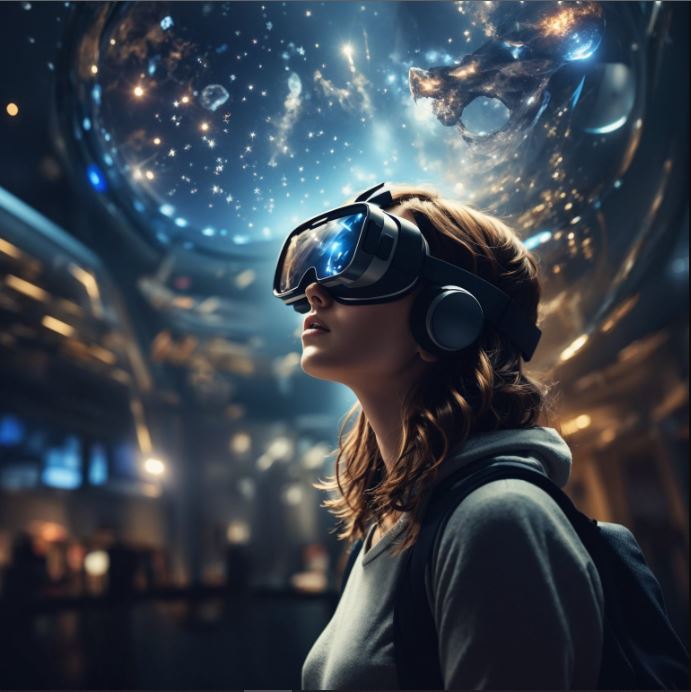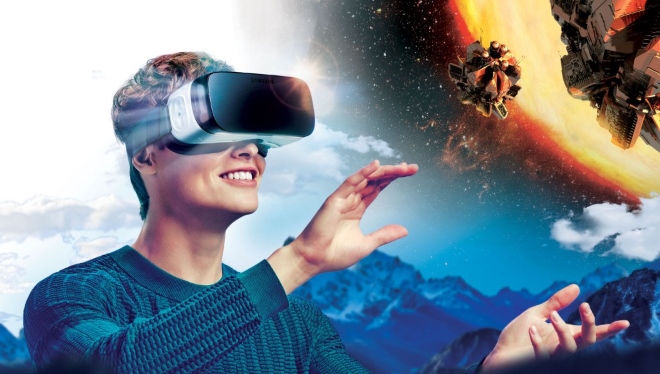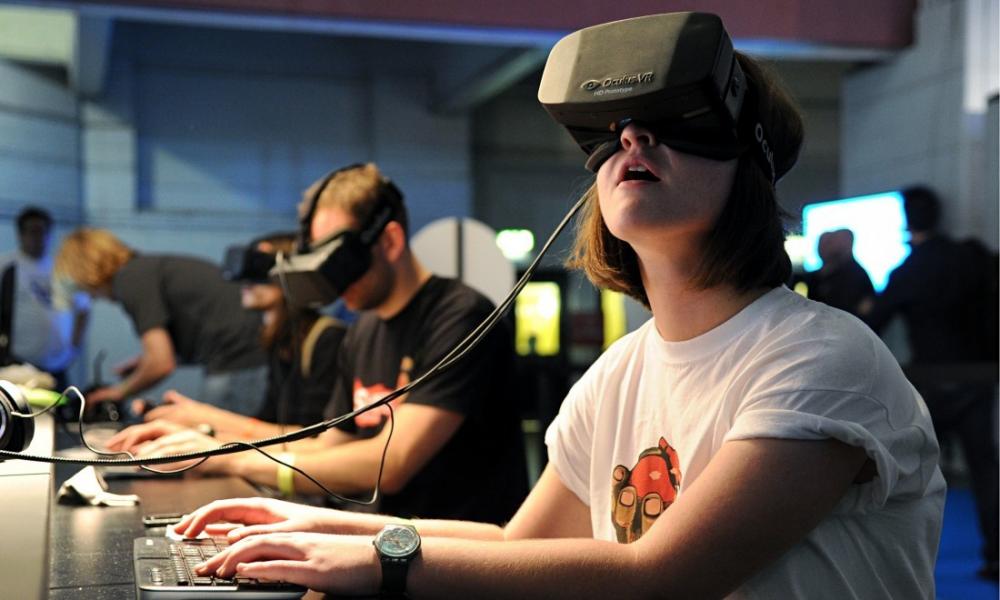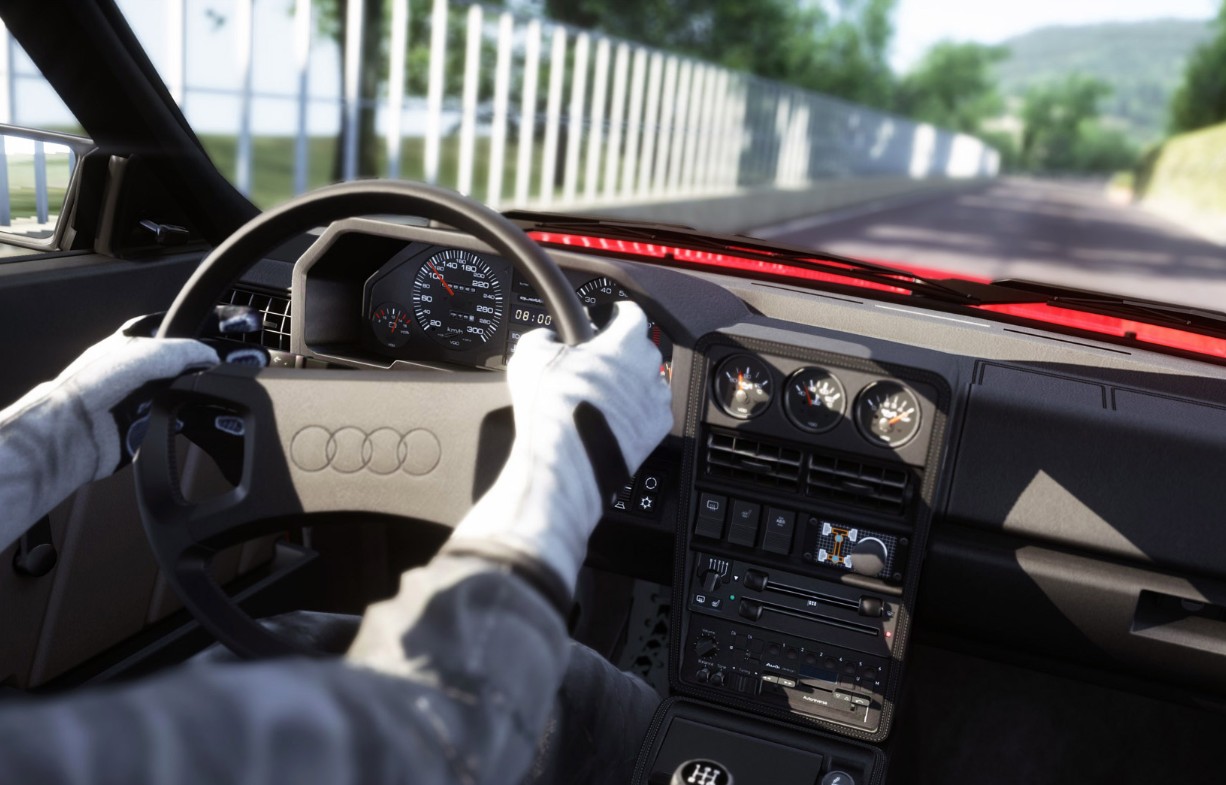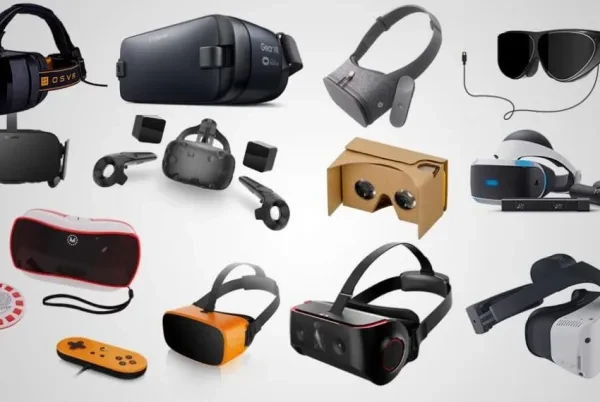
5 Companies Moving VR Forward
There is a moment in every gamer's life where they wish they could truly be in the adventure. That aspiration grows as their passion for their pastime intensifies. Thanks to advances in modern computing, those dreams are now within our grasp.
To understand which companies are innovating the most in this nascent industry, a bit of background is necessary. VR systems are insanely complex, with a myriad of hardware and software pieces working together to achieve the goal of immersion. Components such as high resolution displays to make that zombie that's about to eat you look real, motion tracking systems to allow players to crawl through a virtual dungeon, and other technologies are designed to fool the senses into believing the virtual is real. The incentive for companies to innovate quickly is huge as the projected size of the VR market, as forecasted by Zion Market Research, is estimated to grow to around 27 billion dollars by 2022.
Number 5: Avegant
A major challenge for VR is a problem related to how our eyes focus on objects in the real world. When you look at a car driving by, your eyes will converge (move closer together) as it gets closer and diverge (move apart) as it drives away from you. All the while, the lenses in your eyes are constantly adjusting to maintain focus. Currently in VR, however, images are always the same distance from the player's eyes even if they appear far away. The result of that disconnect is discomfort and fatigue which reduces how much time can be spent playing. Even with all the tricks to make the virtual world look real, that problem continues to plague the industry.
Avegant first came on the scene in 2013 when they introduced a personal video headset called Glyph. About two years ago, while researching transparent display technology, they started working on a type of display they believe will replace current screens used in VR, AR, and even smartphones. The technology is called light field display. The company uses techniques to send images directly into your eyes mimicking the way that light reflects off of objects. That allows your eyes to shift focus and perceive everything in a much more natural way. The technology promises to make digital objects far more realistic than currently possible with standard displays which has the potential to take gaming to levels never before experienced. Initially the company plans on using light field displays for Augmented Reality but the underlying technology can also be used to create a new generation of VR headsets.
Number 4: Leap Motion
Walking around a virtual world is an exhilarating feeling. After a little while you can almost forget that the world around you isn't real, that is until you reach out with your hands to grab some ammo laying on the ground or a flashlight in a bag of equipment. Currently the two main consumer VR systems, Oculus Rift and HTC Vive, tackle this challenge with external sensors that map the movement of your controllers and allow you to simulate grabbing motions. As good as these systems are, it is still not quite the same as reaching out with your actual hand to pick something up. Mobile systems have an even more difficult challenge simulating realistic hand and arm motion.
Leap Motion, founded in 2010 with the goal of changing how people interact with computers, aims to make using your hands in VR feel completely natural. The Leap Motion sensor can be attached to existing VR units or developers can build the technology right into the headset. Once enabled, it will track your hands with near-zero latency creating even more realistic experiences. Because the sensor uses very little power, it is optimal for mobile VR headsets such as those designed around your smartphone. On March 8th, 2018 Vrgineers and Leap Motion announced the first professional VR headset with integrated hand tracking. This headset, the VRHero 5K Plus, is designed for engineers, surgeons, architects, and other professionals that need the highest resolutions possible with the most accurate hand tracking. Perhaps one day soon it will be commonplace for patients to be on the business end of a surgical robot being remotely controlled by a surgeon sitting on his couch in his pajamas wearing a VR headset outfitted with a Leap Motion sensor.
Number 3: HaptX
Another challenge in creating the feeling of presence and immersion in VR is the fact that only two of our five senses are being used. Not being able to smell, taste, or feel the virtual world around you limits how much you can really forget you are in a computer generated world. HaptX, formerly AxonVR, added one more sense to the list that works in VR: touch.
In November of 2017, HaptX announced the world's first haptic wearable gloves that bring realistic touch and force feedback to Virtual Reality. The HaptX Gloves provide over 100 points of feedback, called tactors, across your palm and fingertips to create realistic sensations. The tactors are little inflatable air pockets on the surface of the glove that displace your skin when inflated, the same kind of displacement that occurs when you touch something. The company boasts that wearing the gloves will enable you to feel shape, texture and motion of virtual objects. Sensations like that of a spider walking across your hand feels real. Rough and smooth textures are simulated with precise vibrations. The illusion of an object being solid is created when the exoskeleton on the glove pulls back on your fingers if you try to close them around it. The next time you are exploring a haunted mansion in VR you could feel the knob as you turn it to slowly open the door and the sensation of a spirit brushing your hand.
Number 2: HTC
At CES 2018 HTC announced the successor to their VIVE system. The VIVE Pro will feature some important upgrades and enhancements. The OLED displays get 78 percent more pixels for even more vivid details. The increased resolution also makes it easier to read text, as it was common for text to appear a bit blurry in the original system. Another important addition is built-in headphones that feature 3D Spatial Audio. This is a big improvement as the original headset required users to supply their own headphones. The single largest improvement is the lack of annoying cables. The original headset was tethered to your PC via a bulky 3-in-1 cable. The new VIVE Pro will be powered by Intel's WiGig. WiGig, known as 802.11ad, is a revolution by itself as it can stream data at speeds up to 8 Gbps. Operating at 60 GHz, there will be no interfering devices around so you won't have to worry about your neighbors WiFi with a cheesy name causing any kind of stuttering in gameplay.
One feature that has the potential to drive VR adoption is the headset's compatibility with all the great features of SteamVR and the soon to be released SteamVR 2.0!
Number 1: Valve
No platform, regardless of how well it is designed, can survive without a thriving ecosystem of content. Every gamer in the world is familiar with Steam, the most used digital distribution platform for games. Valve, predicting that the market for VR content would explode, announced SteamVR in February of 2015. Since it launched, the number of VR titles on the platform has skyrocketed. The wonderful thing about SteamVR is that developers can release games for multiple VR platforms instead of being locked into a single one. SteamVR allows users to customize their home virtual space with a feature called SteamVR Home. You can also have fun teleporting around the large database of community-made environments. Social functions are also built in allowing users to invite their friends into their home space and even have voice chats.
A new SteamVR Beta feature just announced on March 14th allows customers to get the best visual experience out of their current GPU and promises to lower the cost of VR overall. According to Valve, the cost of VR will decrease because all GPUs will be set to render at an appropriate resolution for the attached headset. So, if you already have a “VR Ready PC”, that hardware will work fine even with the newest high resolution VR headsets that may be released in the future. This prevents the need to upgrade GPUs to keep up with newer VR devices. The trade-off is that there will be some experiences that are going to be designed for extremely high resolutions and won't look as detailed on an older GPU. It is nice that gamers on a budget won't be forced to keep up though.
SteamVR 2.0 will drive awareness and adoption of virtual reality by making it well-suited for large entertainment venues. The SteamVR Tracking 2.0 will support a 33 feet by 33 feet play area using 4 base stations. There is potential to create large team-based VR gaming in warehouse venues and they could become the arcades of the 21st century.

